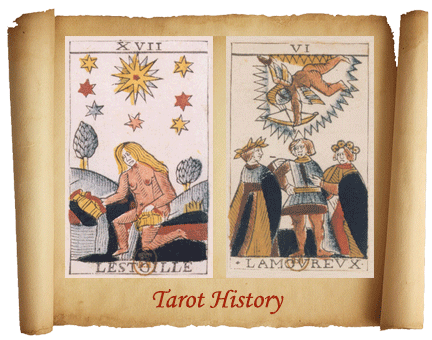Tarot is probably best described as a form of divination. This means it allows you to gather information from the divine realm. Now what exactly does this mean and how exactly does this work? These my friend are very good questions! There are a number of different theories. Some believe that the universe is always trying to communicate with us and Tarot gives us a tool through which we can receive its messages. Forms of divination have been around for nearly as long as human kind from reading tea leaves to animal carcases!
I feel that Tarot helps to connect us with our higher selves and find the answers that we already have within us. Others would describe Tarot to operate through what the famous Swiss psychologist Carl Jung described as synchronicity, a phenomenon where an event in the outside world coincides meaningfully with a psychological state of mind.
To people unfamiliar with divination, it may seem that someone who reads Tarot cards is “predicting the future.” However, the cards offer a guideline, and the reader is simply interpreting the probable outcome based upon the forces presently at work. Think of Tarot as a tool for self-awareness and reflection that can assist us in seeing things from a different perspective.

Tarot card beginnings have been traced to Renaissance Italy. Their birth likely followed from playing cards which made which their way to Europe from the East along the Silk Road in the late 1300’s. Through their development Tarot cards have absorbed the wisdom, narratives, philosophies and moral lessons of many societies. Much of todays understanding of the Tarot is heavily influenced by the occult group ‘The Hermetic Order of The Golden Dawn’, who were operating in Britain between 1887 and 1903. In 1909 occultist A. E. Waite published his deck, the Waite-Smith deck, in collaboration with the artist Pamala Colman Smith. This is the deck upon which the majority of modern Tarot decks are based.
The modern Tarot deck contains 78 cards, 22 of these cards are what are known as ‘The trumps’ or Major Arcana, these cards represent life lessons and big archetype themes that are influencing your life and your souls journey to enlightenment. The remaining 56 cards form what is known as The Minor Arcana, these cards tend to reflect our daily experiences and more practical aspects of life.
If you are considering having a Tarot reading and are considering what you may like to ask the Tarot. I would like to invite you to consider using open ended questions as these allow for more reflection and insights. Consider using words such as: ‘What‘, ‘How’ and ‘Why’.
Know thyself; then thou shalt know the Universe and God.
Pythagoras “